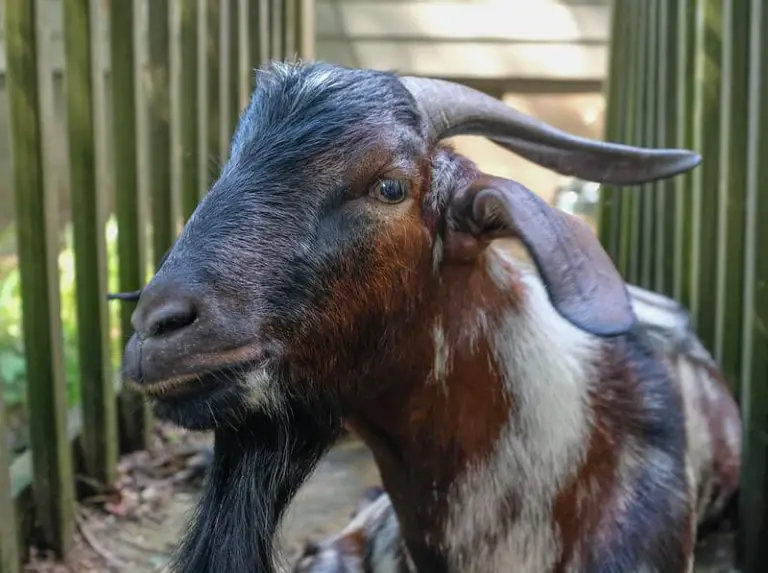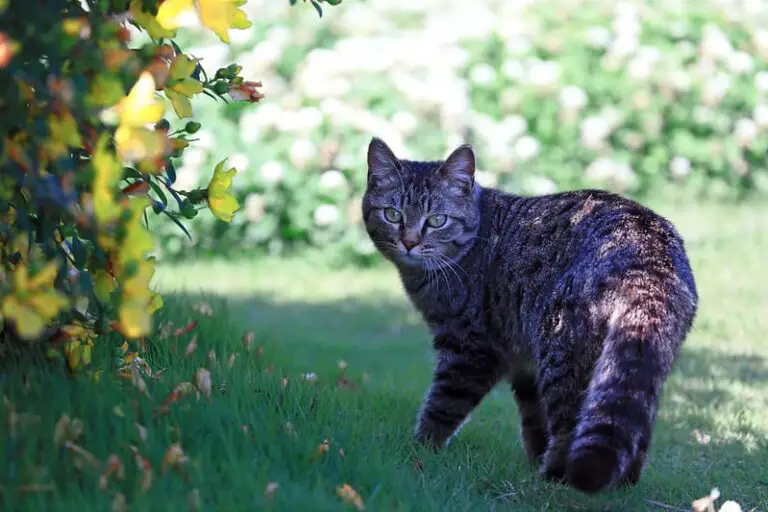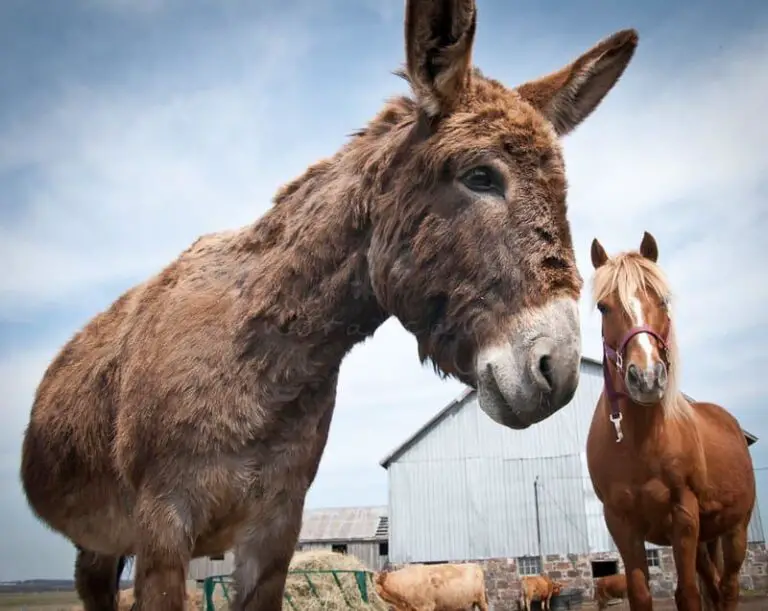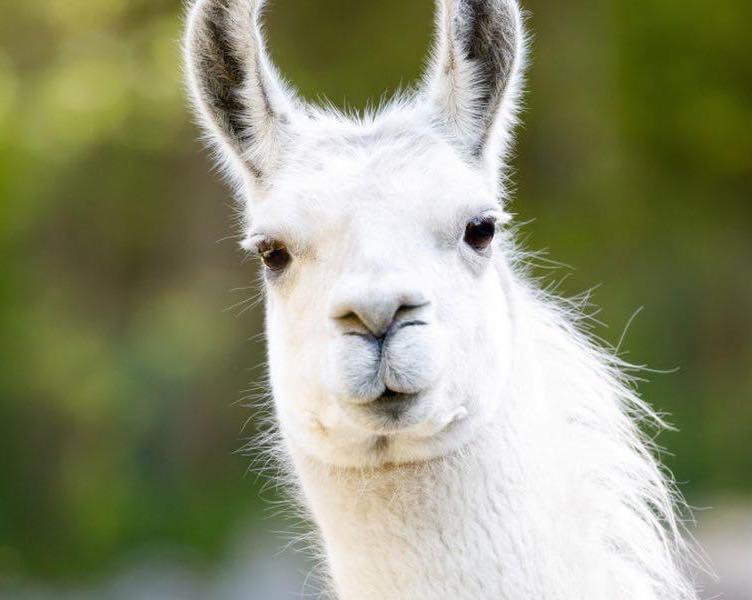Do Sloths Mistake Their Arms For Branches? (Conclusive Arguments)
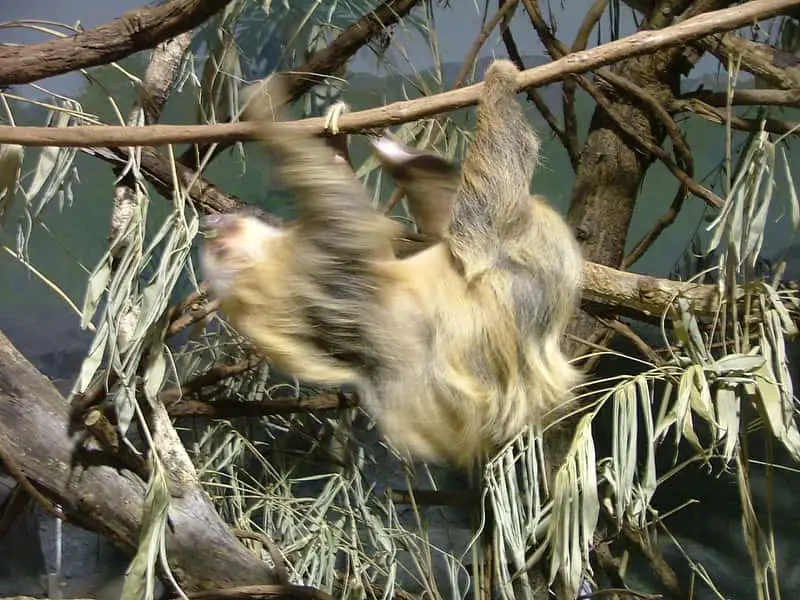
Quick answer: No, it is very unlikely that a sloth will fall from a tree because it confuses its arms for branches, a sloth is skilled and cunning enough to make such a mistake, a sloth can fall from a branch for other reasons.
Now, here I have some very interesting arguments to present to you on this subject.
“The sloths confuse their arms with branches and they fall”…this is a phrase that I have come across while researching some topics on the web to write about, apparently it is something “viral”, very similar to a topic that I wrote about the capybaras who said that “the capybara was so friendly that not even the crocodiles ate them”.
Sometimes I find it funny to read things like that, when I read statements like that the first thing I do instead of affirming it is to question it and then investigate it in-depth based on several evident factors, then, is it true that sloths confuse their arms for branches and they fall?
Someone has taken the time to look at the sloths and has seen them confuse their own arms with branches? really this is not such a common fact to be proven with videos or photos.
In addition, there is the fact that many highlight the “intelligence” of the sloth, and that their slowness is in fact the result of their intelligence due to the fact that they conserve a lot of energy, so other questions arise to clarify this issue.
How can a creature with some intelligence confuse its arms with branches? Does the sloth have visual problems? How can a sloth with such slow movements and sensitivity in the body not distinguish its own arm?
Let’s go a little deeper.
Is the sloth a smart or dumb animal?
Well, when we talk about “intelligence” in an animal, in this case, we are going to try to know about the instinctive capacity of the sloth to measure its level of intelligence,
The sloth is an animal with a worldwide reputation for being very slow, and it seems to me that this reputation of being slow is associated with being dumb, in fact, sloths are intelligent and aware enough of their environment.
Perhaps this whole business of portraying the sloth as a dumb creature that mistakes its arms for branches is just prejudice because of its slowness and its “smiling” face.
The instinct of the sloth is quite acute, I have seen it use its claws to defend itself, it is an animal that spends all day climbing trees.
Apart from that, it almost never goes down to the surface of the earth, because it knows that in those conditions it is much more vulnerable, in fact, that is why it takes so long to realize its physiological needs, it avoids as much as possible having to go down to the surface.
So it is clear that the sloth is an animal with a very high level of instinct and therefore knows how to value its life, these animals have hundreds of years of existence.
Some of its species like the giant sloth have become extinct, however, the sloth that lives today, with all its apparent “disadvantage” of its slow movement has been able to subsist without problems until today, an animal so dumb as to confuse its extremities with branches would have had serious problems of proliferation.
Do sloths have good eyesight?
Sloths have very poor eyesight, they are very nearsighted. One could also say that sight is not one of their more important senses. And sloths rarely visit the forest floor either; they only leave the trees briefly about once a week to defecate or to change trees.
Sloths are almost blind, during the day with the brightness of the sun makes it very difficult for them to see, so they depend mostly on their slow movements, their touch, and smell, apart from this deficiency the sloth has other physical qualities that facilitate their life in the branches.
That being said, there is a very simple and surprising solution to the problem of how sloths around the world see the world. The sloth has two more cervical vertebrae than other mammals, which allows it to twist its neck more than 180 °.
So when a sloth crawls along a branch hanging upside down, it twists its neck so that its head is upright again (i.e. chin to the ground).
In any case, this answer applies to the three-toed sloth. The related two-toed sloths cannot roll their heads that far, and their eyes are built so that, hanging under a branch, they can best see the branch with their chin pointing to the sky.
Because of his poor eyesight, one could argue that this is why a sloth confuses his arms for branches, but in reality, this is not very likely.
Generally, when the sloth is maintained or moves in branches it does so with its arms pointing at the branch in a perpendicular way, the branch goes horizontally and its arms perpendicular, the same if it is going to pass from one branch to another, the branch would be vertical and its arms horizontal.
It doesn’t make any sense that they can confuse or see one of its arms with a branch.
What is the most common cause of death for sloths?
The greatest danger of the sloths and their most frequent cause of death is not falling from the trees, their greatest fatality occurs when they have to go down to the surface to defecate, which is why they perform this activity approximately once a week.
The sloth puts its life at risk, in fact, it is estimated that approximately 60% of deaths caused to sloths based on predators occur when they go down to pooping. Yes, it’s something very sad, I really like sloths and I feel sorry for them to know this, but that’s nature.
So, why do sloths fall out of trees?
Yes, sloths can fall from trees, this is undeniable, but this is not due to the fact that they confuse their arms with branches, a sloth can fall from a branch for various reasons, the branch can break, it can bend, it can fall off.
The sloth is an excellent climbing animal, it lives all its time hanging from branches, it even has the capacity and ability to sleep hanging from branches, but even Michael Jordan could miss some shots in NBA, you understand? life is not perfect, for anyone.


